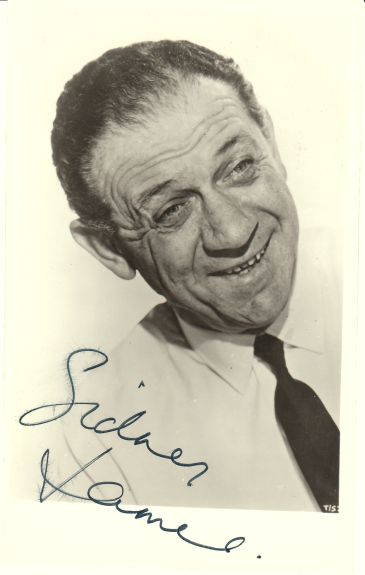
The first colour Ealing comedy, The Titfield Thunderbolt (d. Charles Crichton, 1953) marked the beginning of the end of the classic cycle, although there was one more glorious success - The Ladykillers (d. Alexander Mackendrick, 1955) - still to come. It was also the last of the three film partnership between director Crichton and writer T.E.B. Clarke.


The film was a moderate success on its release, but it has not aged well. Alexander Mackendrick put his finger on the problem when he told Clarke:
Just about everybody would secretly like to rid themselves of tiresome relatives as in Kind Hearts and Coronets, or get hold of unlimited free whisky [Whisky Galore!], or remove a fortune in gold bars from the Bank of England [The Lavender Hill Mob]. But not so many people have any great desire to run a railway.
Titfield is the mildest of the major comedies, lacking even a hint of the mischief in the previous Crichton/Clarke collaboration The Lavender Hill Mob (1951) or Clarke's earlier Passport to Pimlico (d. Henry Cornelius, 1949). It is Ealing at its most parochial, celebrating an England which has lost the will to rebuild and renew itself which carried the country through the immediate postwar years.


The rural England of the film is one in which the old 'natural order' is restored, with leadership of the countryside back in the hands of the country squire and the vicar, to the satisfaction of all. Its enemies are commercial interests, as represented by the bus company Pearce and Crump Ltd, and, implicitly, the newly nationalised British Rail, which wants to close down Titfield's tiny branch line.
In place of these twin threats, the film prefers the villagers' genial but aimless eccentricity and spirit of plucky amateurishness. The film's triumphant climax comes when the villagers are allowed to run the railway themselves - precisely because their antique steam engine is so slow that it doesn't contravene safety regulations.

With its images of steam trains, country squires, warm beer and village-green cricket, the film seems now like a Party Political Broadcast for the Conservative Party under John Major. Perhaps the then Prime Minister even had the film in mind when, in the mid-1990s, his government rushed through the deeply unpopular re-privatisation of British Rail, the disastrous results of which mean that Britain's trains, like Titfield's, run slowly.


MONTHLY FILM BULLETIN
THE BRITISH FILM INSTITUTE
Volume 20, No.231, April 1953, page 51
TITFIELD THUNDERBOLT, THE (1953)
The picturesque village of Titfield is linked to a nearby town, Mallingford, by a single track railway. Unfortunately, the railway loses money and is closed down. The villagers' pride is aroused, and, led by the Reverend Weech, a train enthusiast, plans are laid to run the line independently. A rich, drunken eccentric called Valentine provides the money, and against much jealousy and opposition from the local bus company the new line is opened. The bus company attempts various acts of sabotage, but without success, and are finally driven to wreck the train itself at night. Weech, however, is not to be outdone. The original Titfield Thunderbolt is brought out from the museum, and, with Weech as driver and a visiting Bishop as engine-firer, makes a successful run to Mallingford, passing the approval of the British Railways inspector, who gives this sanction to the line's continuance.
This latest in the succession of Ealing comedies written by T. E. B. Clarke starts, as usual, from an ingenious and attractively anarchistic idea, and from the further advantage that most people enjoy playing with trains. The genial and whimsical characterisations of the villagers, the affectionate gibes at British customs and rituals, are other familiar elements, and here the invention is unfortunately below par. The script itself is disconcertingly short on wit, and some of its invention appears forced, and Crichton's handling fails to supply the charm that could still have been the film's justification. There are amusing moments, the Titfield Thunderbolt itself is a splendid and touching contraption, there are good performances by Holloway, Relph, Tearle, Wayne and the immortal Edie Martin, the Technicolor photography offers some pleasing landscapes, but the total result remains thin.
The Monthly Film Bulletin was published by the British Film Institute between 1934 and 1991. Initially aimed at distributors and exhibitors as well as filmgoers, it carried reviews and details of all UK film releases. In 1991, the Bulletin was absorbed by Sight and Sound magazine.

No comments:
Post a Comment